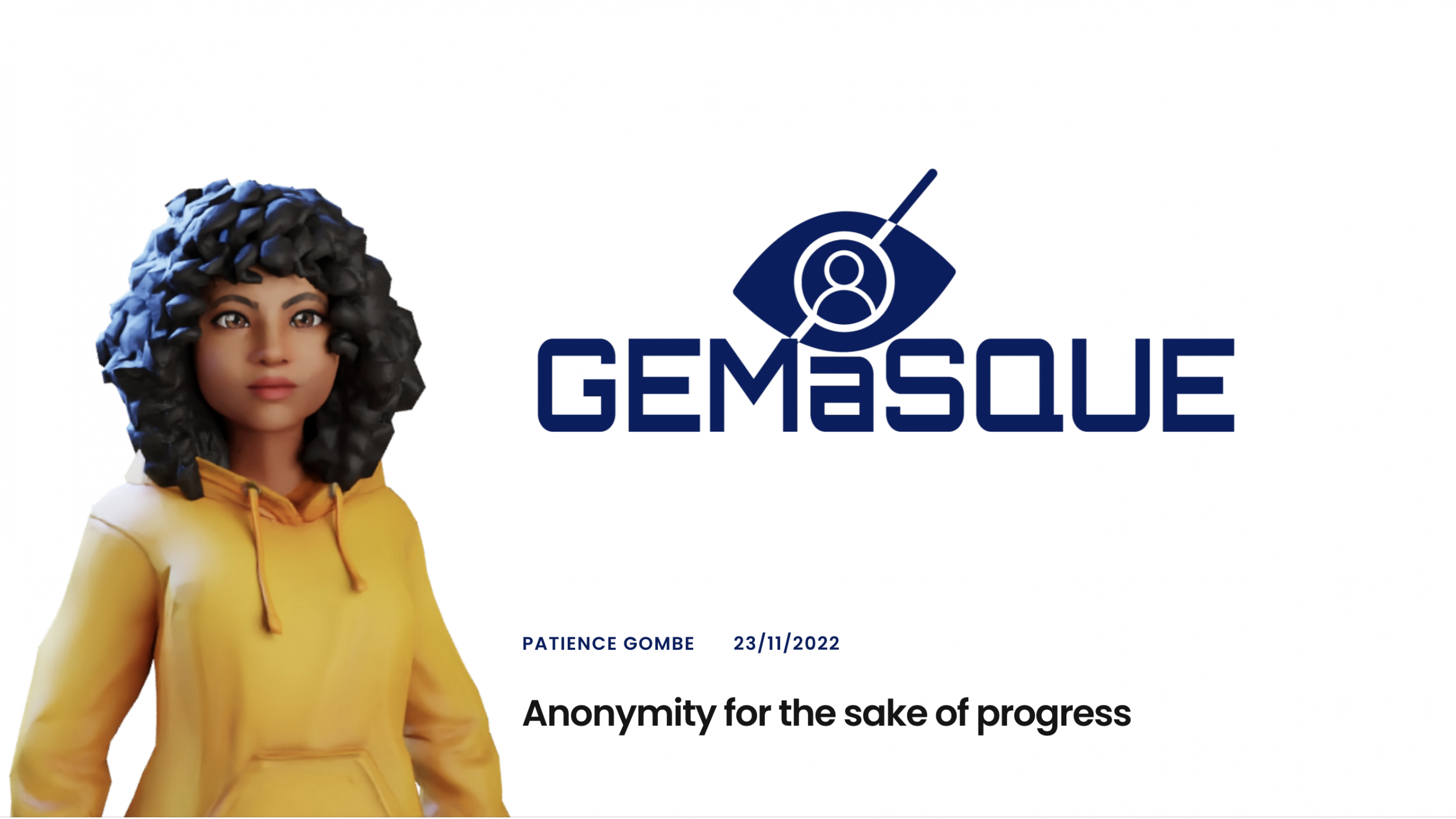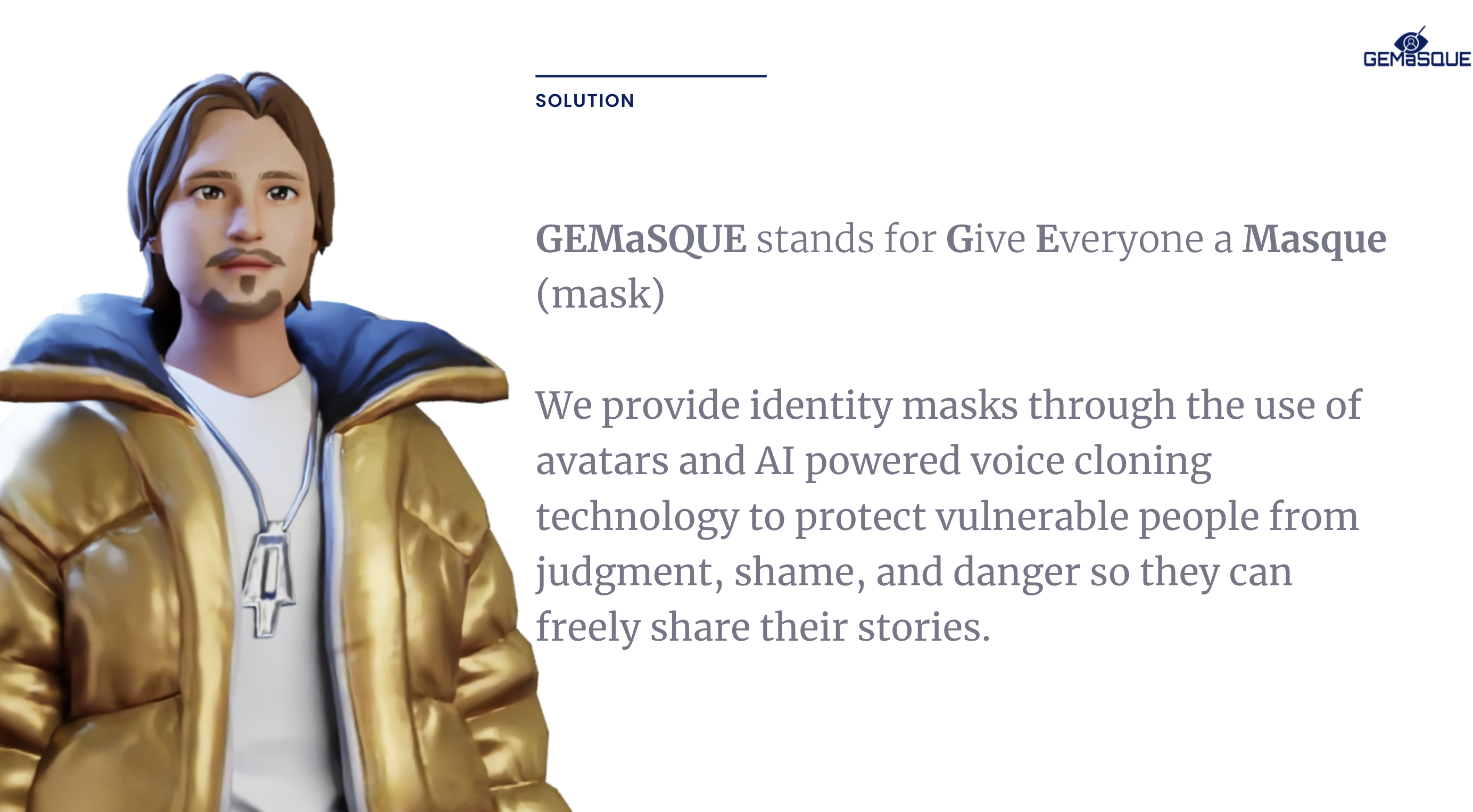My first year studying Screen Media and Innovation

My name is Patience Gombe, everybody calls me Pat and I am from Zimbabwe.
I used to live and work in Dubai and at some point, I felt burnt out from the fast-paced life in Dubai, so I went on vacation to Georgia in February 2020. I had an amazing time there because it was a very peaceful place to be, I could not remember my heart being that much at peace and rest anywhere else. At that time, I was actively applying for either a Master’s or Ph.D. program and was considering the importance of being in a place where I feel at peace and rest. I asked my Airbnb host to have a chat with me and I explained how I had the desire to study in Georgia, he explained a few challenges I might face there and then he suggested that I look up Estonia. I found “Study in Estonia” and looked up the Master's programs and immediately loved MA in Screen Media and Innovation. The program spoke to my heart. It echoed all I had wanted to study for a long time, so I applied.
The first time I visited BFM I was surprised by how small the university is, but I was impressed by the facilities, like the studios, the recording rooms, and the movie theatre.
My program is a problem and project-based program so my cohort was investigating information disorder as a problem, and we had to come up with a project that will address information disorder. The first semester was an introductory semester where we took several courses that gave us foundational knowledge of Screen Media as a discipline. Courses included Introduction to Problem and Project-Based Learning, Media Innovation, Transmedia, Media Management, Intercultural Communication, and Social Media and Society.
In the second semester, we had the first three phases of our project-based learning. These three phases had micro courses that would equip us for each stage of the process. Phase 1 was Discovery. In this phase, we took time to discover a field we wanted to conduct research. We made a research design and got feedback and guidance from supervisors, and we took the time to collect data in the field. Phase 2 was Interpret. We took time to analyze and interpret the data to see if there was anything worth pursuing the project. Phase 3 was Ideate, in this phase we took the data we analyzed and looked through emerging themes to see how we can make a project around what we found. At this stage, we were given assignments to help us practice turning research into projects.
The last two phases are Phase 4 Prototype and Phase 5 Evolve. In the prototyping phase, we came up with ideas for our final project and went through several micro courses where we received feedback and would reiterate the project-making process to improve on the project. In Phase 5 we work on evolving the project and making sure it is relevant to society. These last two phases are in the second year. At each of these phases, the micro courses were an invaluable resource that helped us to figure out how best to shape our ideas and interpret them into useful ideas for the final project. We also had to write self-reflective reports at the end of each phase, the reports would reflect on the project, ways of working, how our skills were used, the lessons we learn, and our personal journey as we did the work.
For my final project, I came up with a three-part transmedia project. The problem I was investigating was information disorder in the crypto sphere online. Specifically, disinformation that leads to loss or damage or in simple terms, scams. While I was investigating, I found it hard to get scam victims to speak to me, so I made a prototype for a platform called GEMaSQUE, that masks people’s identities using AI-Generated Avatars and AI voice cloning. This is meant to protect victims and give them the freedom to share their stories without fear of judgment, shame, or danger. Once the stories are out there, this helps to debunk disinformation in the crypto space by exposing scams that are out there. I also started a blog that chronicles my research journey and the important lessons I learned, plus a podcast called DisMisMal that acts as a kind of middle ground between academia and society to explain some of the things we study that affect us in our everyday life.

I really liked all my lecturers because they are thinkers. Every lecture I have attended has challenged me to think bigger, wider, higher, further, and deeper. I am a person who loves learning, in fact, I feel most energized when I am learning, and all my lecturers have taught me so much and challenged me to grow more and more in my field of study.
If you would like to study Screen Media and Innovation, be aware that this is not your normal degree program where you study structured courses and write essays and papers, it is problem and project-based learning. It is very practical, and student based. So, you determine how much you learn by how much you apply yourself in the programme. Once the project starts, you determine your work pace, but you must remember that there are predetermined timelines as well like the reports are due at certain times and the phases start and end at determined times. To get the most out of the program, you must be a self-starter.